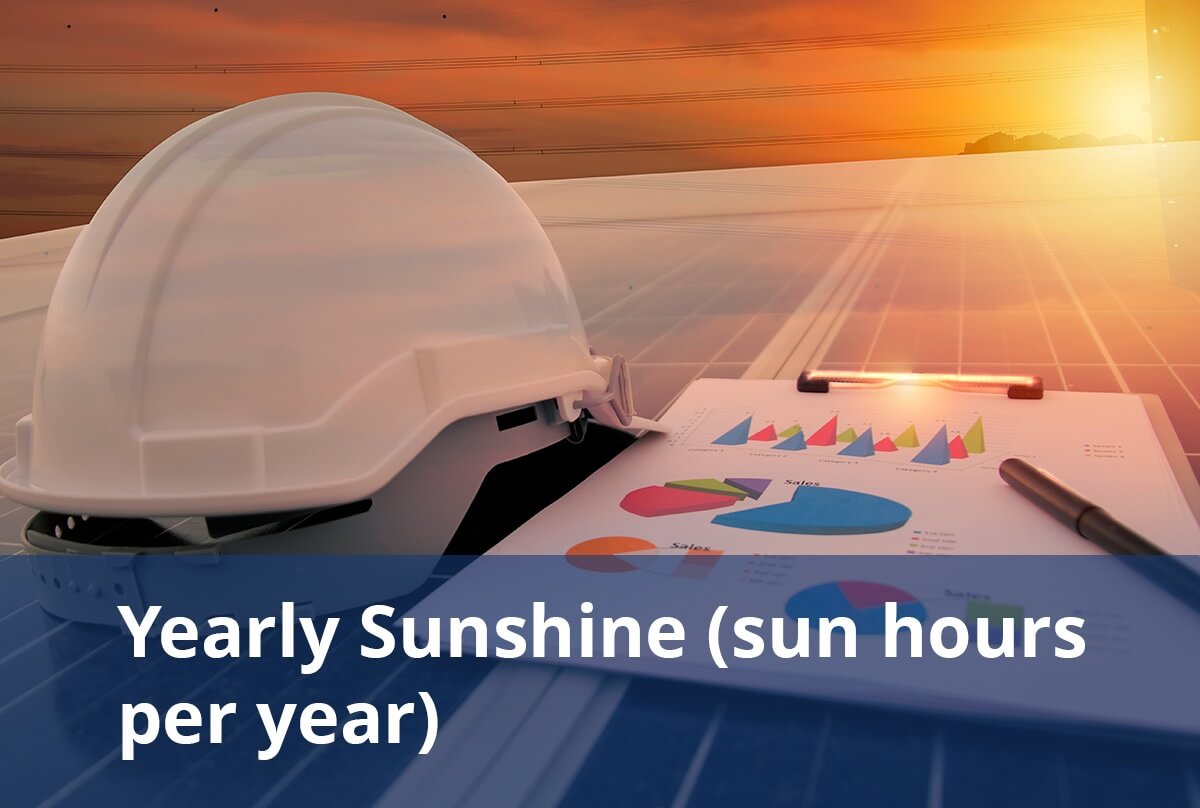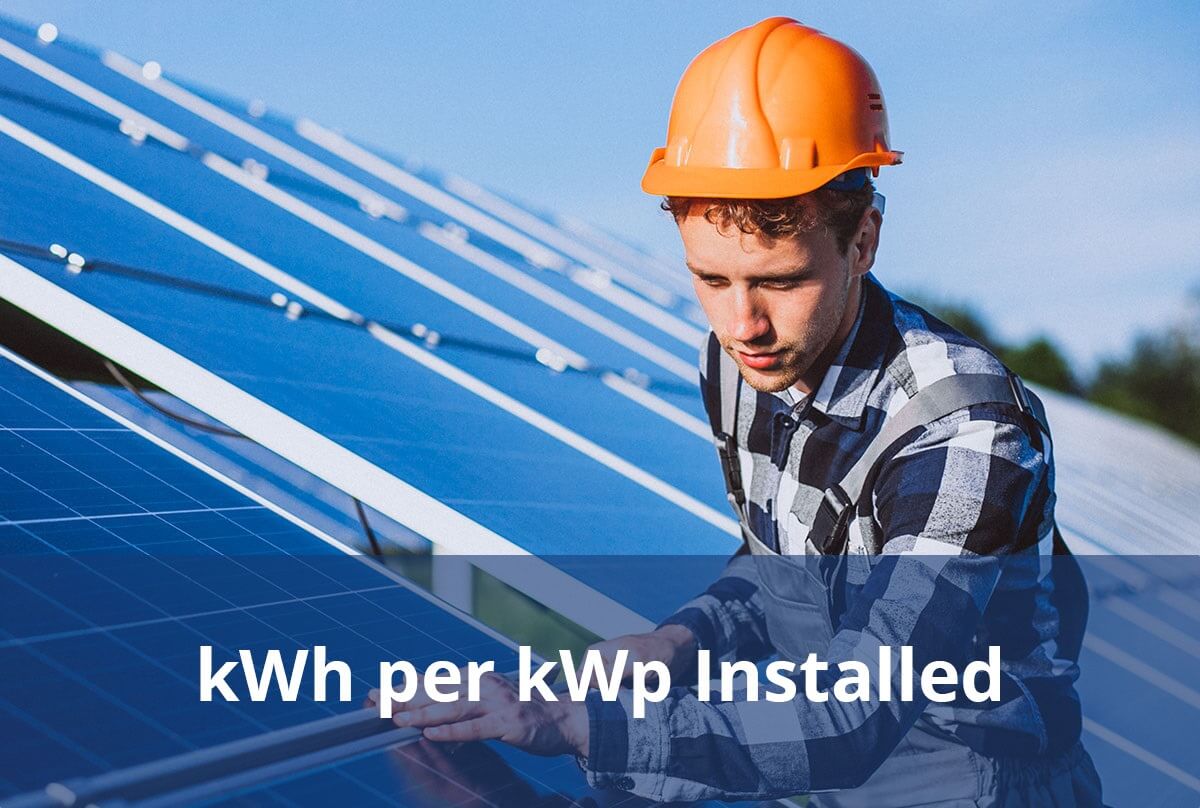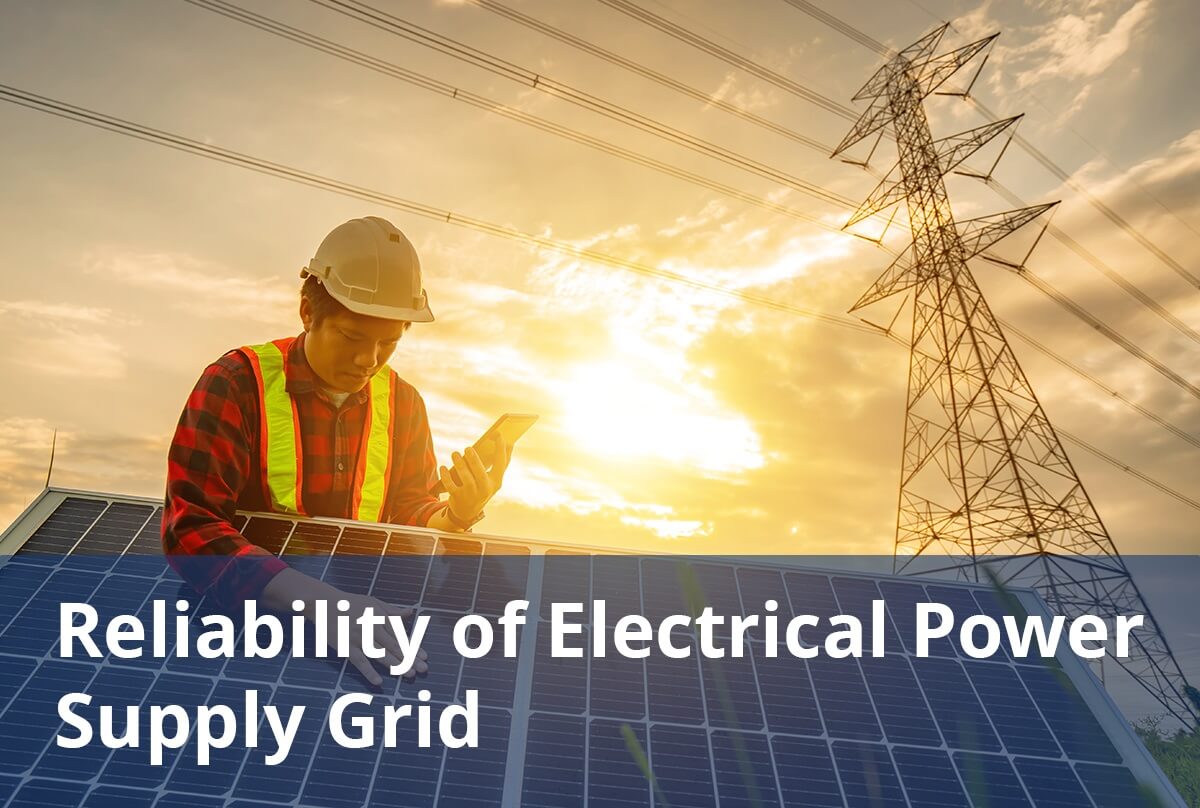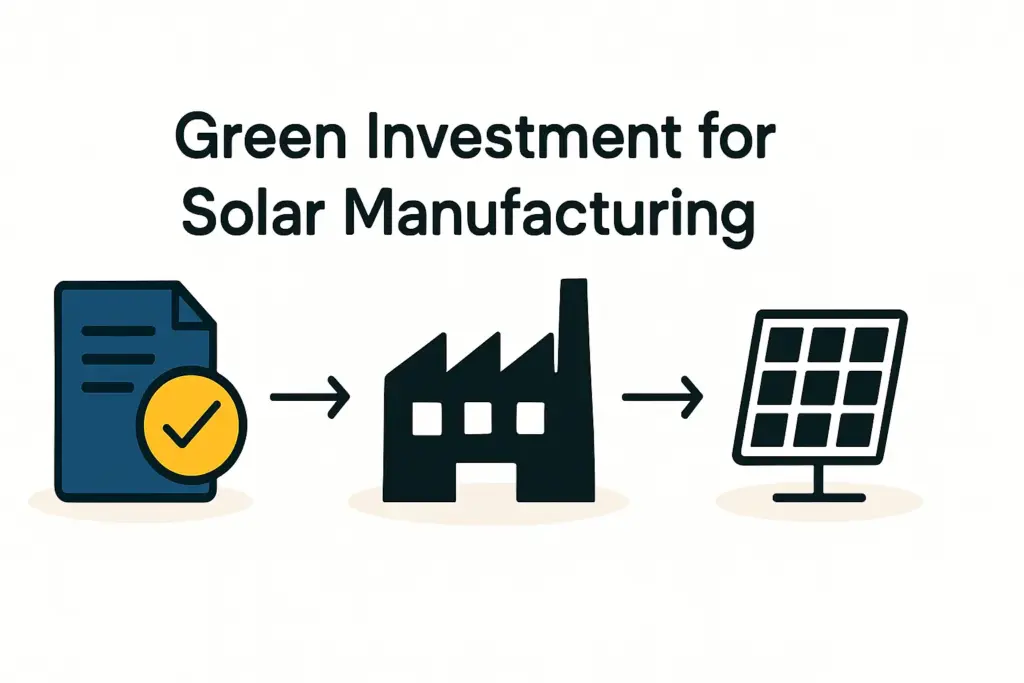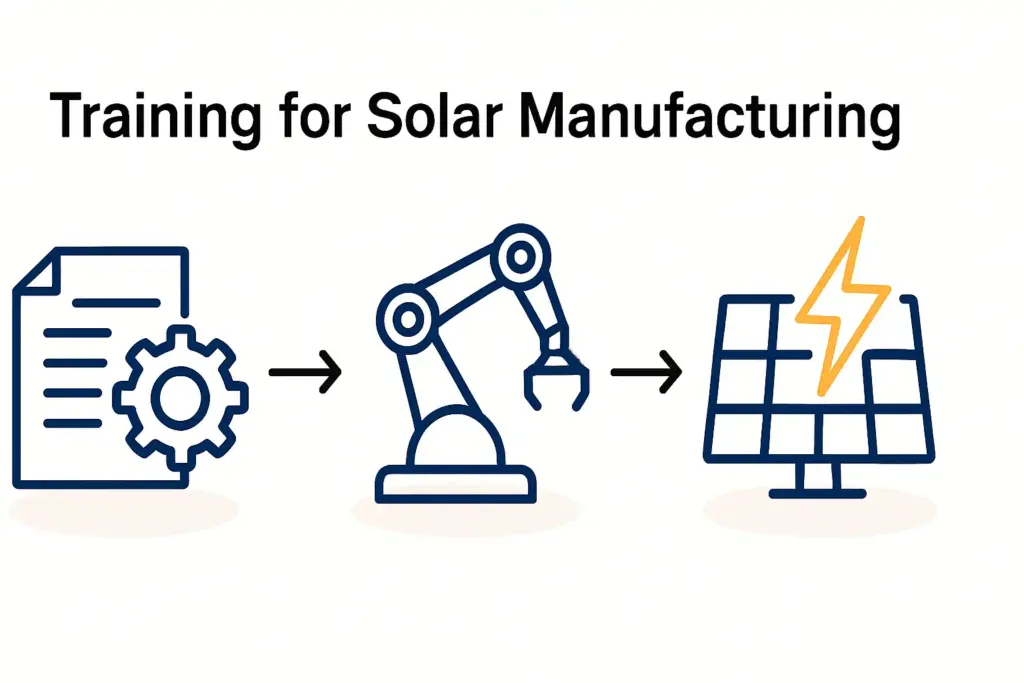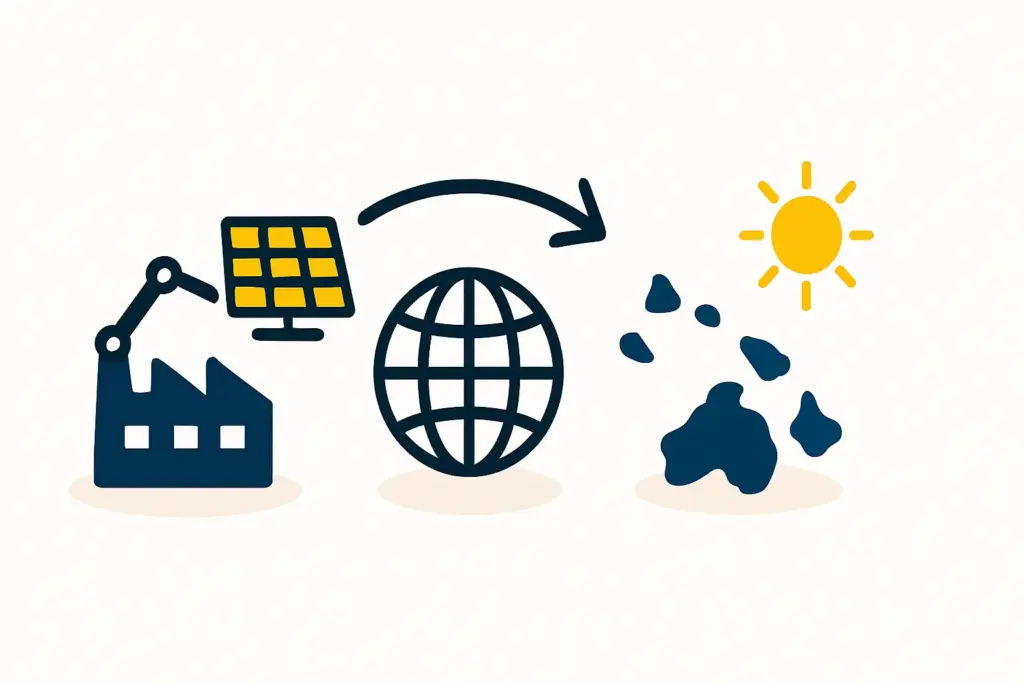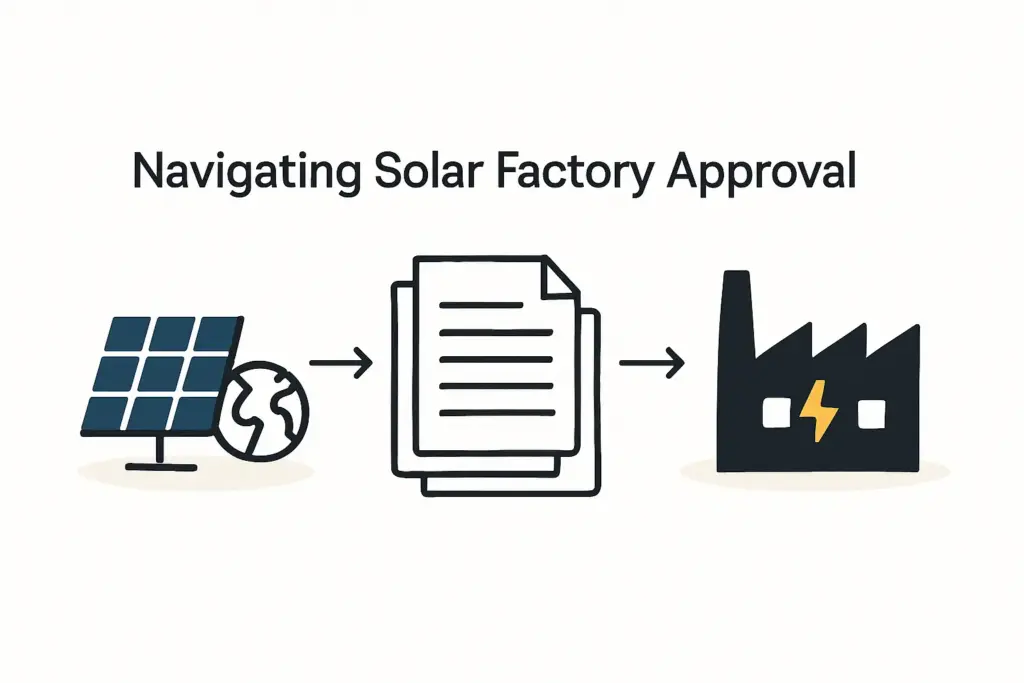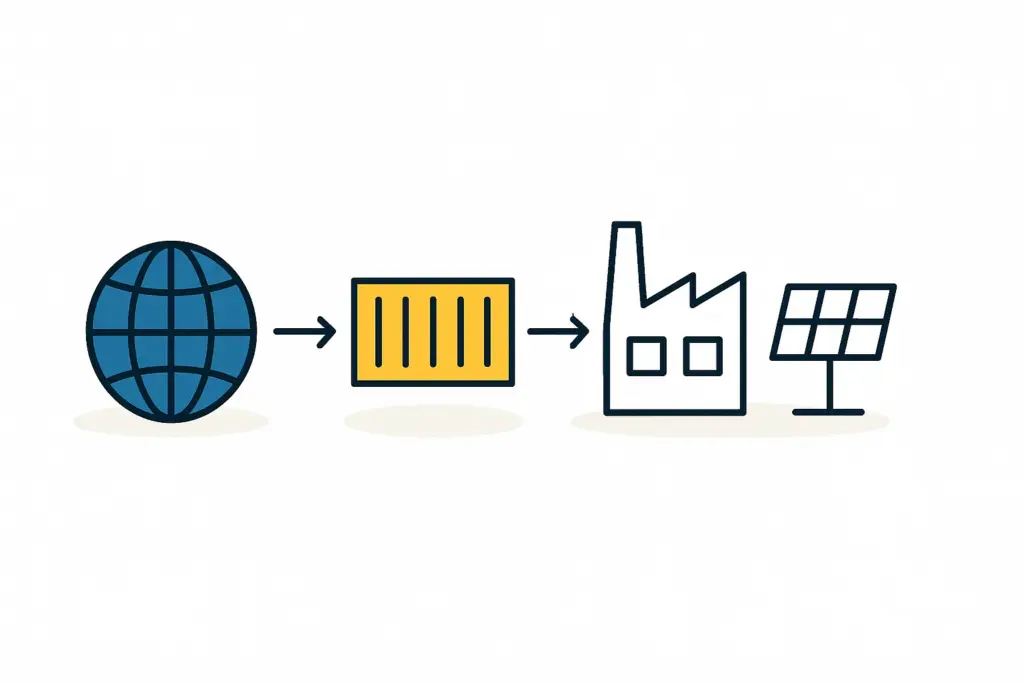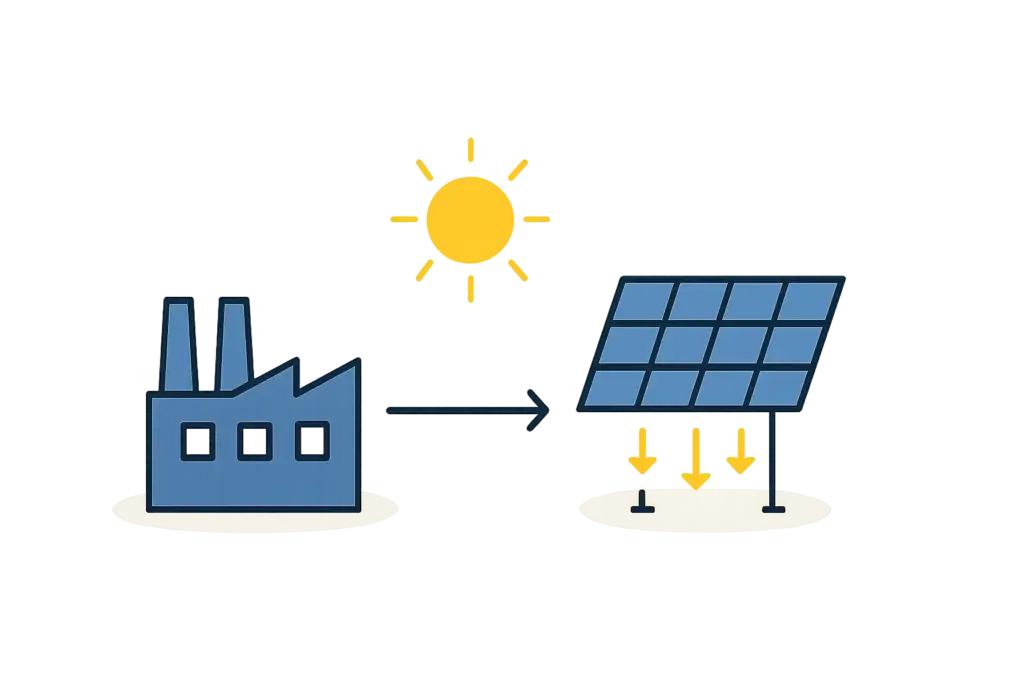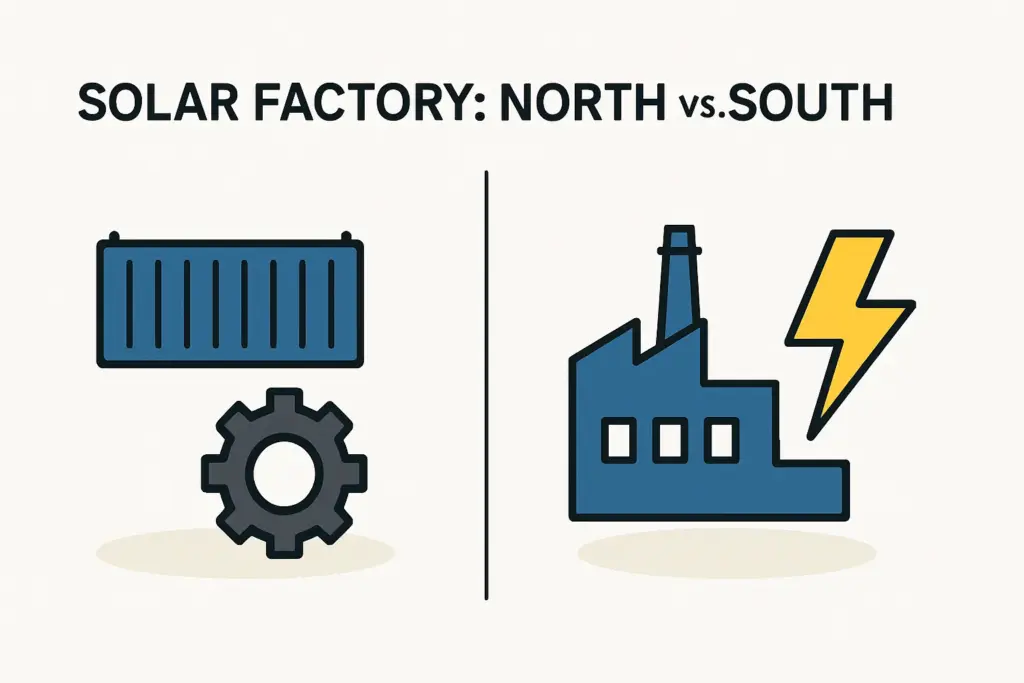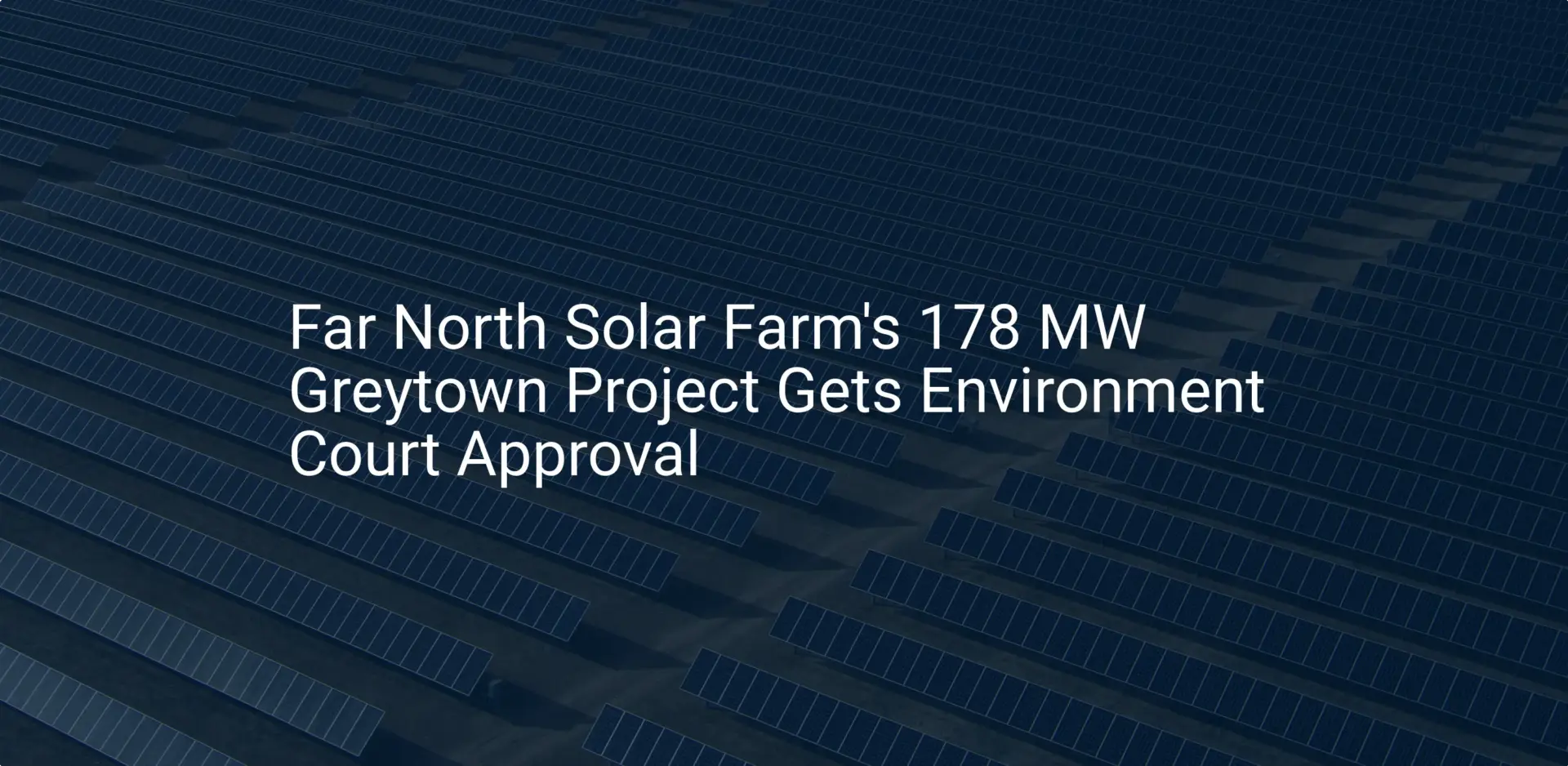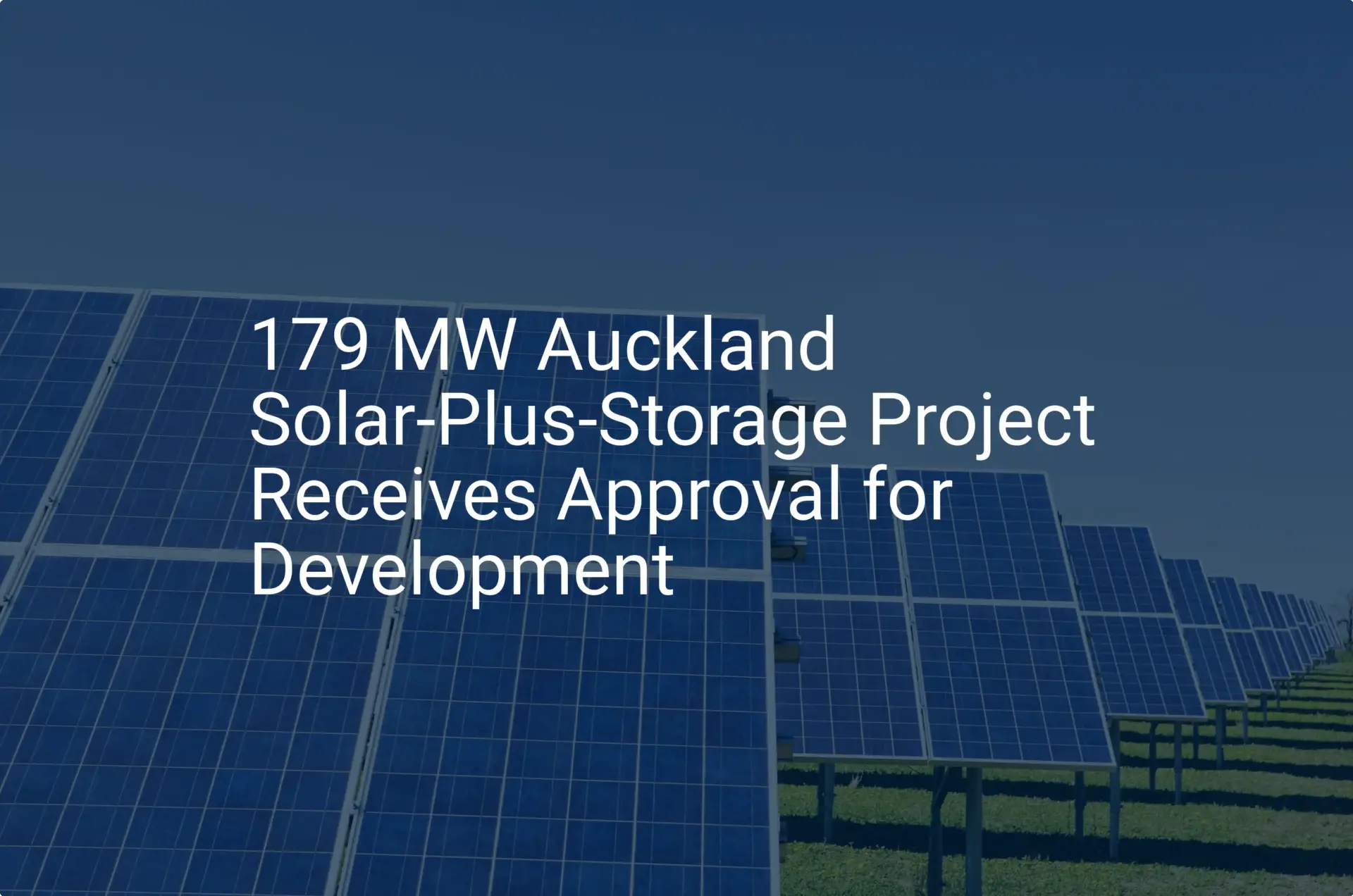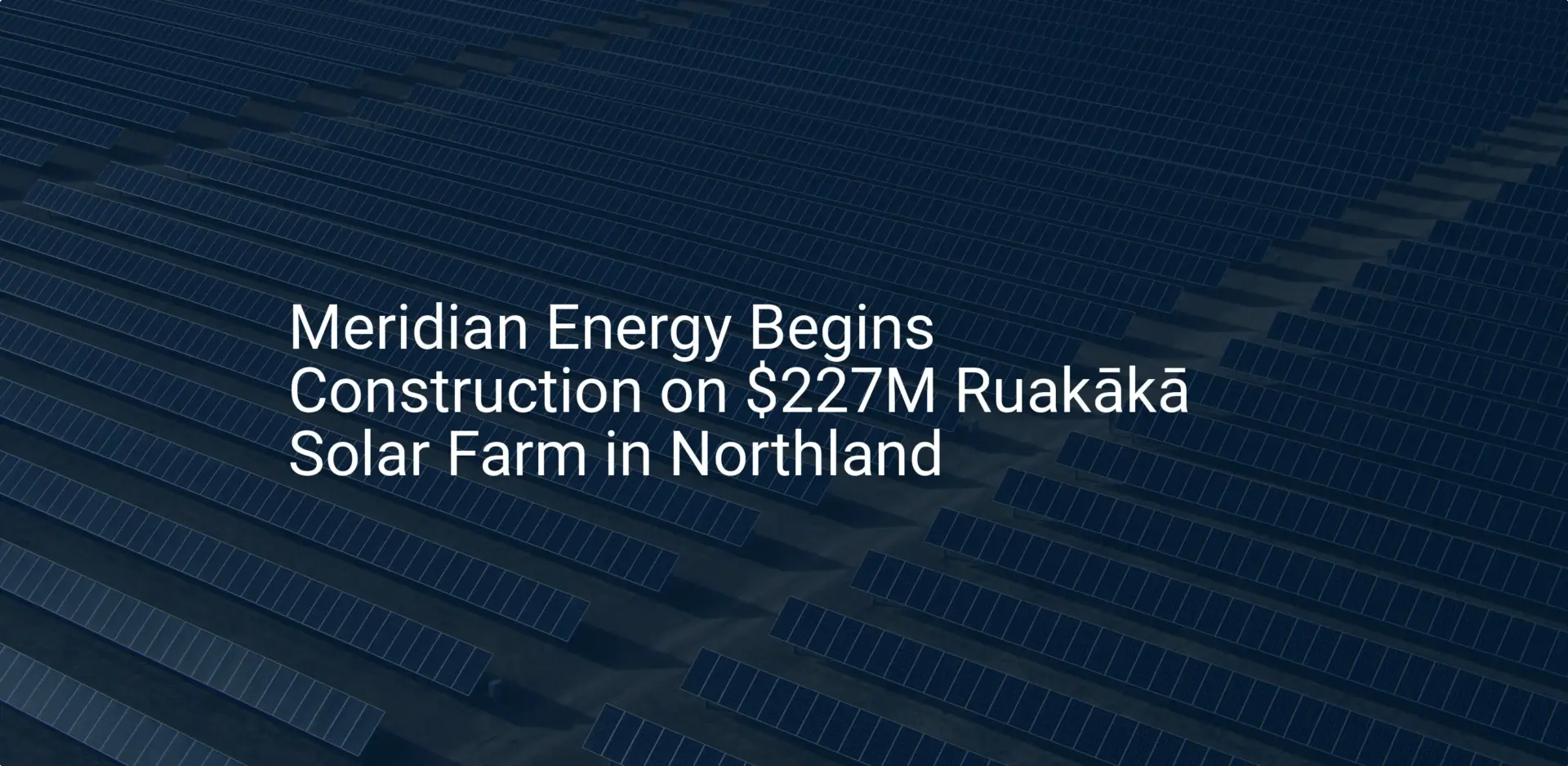Discover comprehensive insights into the statistics, market trends, and growth potential surrounding the solar panel manufacturing industry in New Zealand
- NIWA. Climate and Weather. https://niwa.co.nz/climate-and-weather/overview-new-zealands-climate
- Enz. New Zealand Sunshine. https://www.enz.org/new-zealand-sunshine.html
- Level. (2024, May 23). Renewable Electricity Generation. https://www.level.org.nz/energy/renewable-electricity-generation/photovoltaic-pv-systems/
- Power Compare. (2024, April 10). Average Power Bill in New Zealand 2024. https://www.powercompare.co.nz/n/average-power-bill-in-new-zealand-2024
- Canstar Blue. (2024, May 10). Average Electricity Costs per kWh. https://www.canstarblue.co.nz/energy/electricity-providers/average-electricity-costs-per-kwh/
- Vector. (2024). Electricity prices effective from 1 april 2024 https://www.vector.co.nz/personal/electricity/pricing/electricity-price-change
- Wikipedia. Solar power in New Zealand. https://en.wikipedia.org/wiki/Solar_power_in_New_Zealand
- Transpower. (2023, November 21). Transpower Spending Proposal Focused on Retaining Reliable National Grid. https://www.transpower.co.nz/news/transpower-spending-proposal-focused-retaining-reliable-national-grid
- Rated Power. (2023, September 26). New Zealand Solar Boom. https://ratedpower.com/blog/new-zealand-solar-boom/
- MBIE. (2021, January 15). Interactive Levelized Cost of Electricity Comparison Tool. https://www.mbie.govt.nz/building-and-energy/energy-and-natural-resources/energy-statistics-and-modelling/energy-modelling/interactive-levelised-cost-of-electricity-comparison-tool
- PV Magazine. (2024, June 12). Lazard says fossil fuel costs double that of utility-scale solar. https://www.pv-magazine.com/2024/06/12/lazard-says-fossil-fuel-costs-double-that-of-utility-scale-solar/
- Statista. (2024, June 28). Distribution of electricity generation in New Zealand in 2022, by source. https://www.statista.com/statistics/1237529/new-zealand-distribution-of-electricity-production-by-source/
- MBIE. (2024, June 13). Electricity statistics. https://www.mbie.govt.nz/building-and-energy/energy-and-natural-resources/energy-statistics-and-modelling/energy-statistics/electricity-statistics
- Our World in Data. (2024). New Zealand: Energy Country Profile. https://ourworldindata.org/energy/country/new-zealand
- EECA. (2024). Solar energy in New Zealand. https://www.eeca.govt.nz/insights/energys-role-in-climate-change/renewable-energy/solar/#:~:text=Solar%20energy%20in%20New%20Zealand%20In%20October%202022%2C,contribution%20of%20under%201%25%20of%20total%20electricity%20consumption
- IRENA. (2023, August 8). Energy Profile New Zealand https://www.irena.org/-/media/Files/IRENA/Agency/Statistics/Statistical_Profiles/Oceania/New Zealand_Oceania_RE_SP.pdf
- MathWorks. Transpower Ensures Reliability of New Zealand National Grid with Reserve Management Tool https://www.mathworks.com/company/user_stories/transpower-ensures-reliability-of-new-zealand-national-grid-with-reserve-management-tool.html
- Electricity Authority. Security of Supply. https://www.ea.govt.nz/industry/wholesale/security-of-supply/
- My Solar Quotes. (2022, December 16). Wave of Grid-Scale Solar Arriving for 2023 https://www.mysolarquotes.co.nz/blog/solar-power-news-in-new-zealand/wave-of-grid-scale-solar-arriving-for-2023/
- Remodelista (2018, April 9). An Off-the-Grid Cottage in New Zealand Available for Rent https://www.remodelista.com/posts/an-off-the-grid-cottage-in-new-zealand-available-for-rent/
- Payscale. Solar Energy / Solar Power Salary https://www.payscale.com/research/NZ/Skill=Solar_Energy_%2F_Solar_Power/Salary
- Salary Expert. Salary for Solar Photovoltaic Installer in New Zealand. https://www.salaryexpert.com/salary/job/solar-photovoltaic-installer/new-zealand
- Salary Expert Salary for Solar Engineer in New Zealand. https://www.salaryexpert.com/salary/job/solar-engineer/new-zealand
- Worldometers. (2024, Juillet). New Zealand Population. https://www.worldometers.info/world-population/new-zealand-population/
- Colliers. (2022, March 23). Colliers Essentials – Auckland Industrial. https://www.colliers.co.nz/en-nz/real-estate-research/colliers-essentials-akl-industrial-1h-22
- Landlords.co.nz. (2018, April 26). Industrial Rents on the Rise. https://www.landlords.co.nz/article/976513570/industrial-rents-on-the-rise
- Global Finance. (2022, March 22). A Guide to Commercial Mortgages: What You Need to Know. https://www.globalfinance.co.nz/a-guide-to-commercial-mortgages-what-you-need-to-know/
- Opes Partners. Interest Rates. https://www.opespartners.co.nz/mortgage/interest-rates
- Statist. (2024, July 8). New Zealand Industrial Electricity Costs. https://www.statista.com/statistics/988214/new-zealand-industrial-electricity-costs/
- Far North District Council. (2024, July 16). Water Rates. https://www.fndc.govt.nz/Services/Rates/Water-rates
- Christchurch City Council. (2024). Fees for Water and Wastewater. https://ccc.govt.nz/the-council/plans-strategies-policies-and-bylaws/plans/long-term-plan-and-annual-plans/fees-and-charges/fees-water-and-wastewater
- Ministry of Business, Innovation and Employment (MBIE). (2023, March 27). Electricity Industry. https://www.mbie.govt.nz/building-and-energy/energy-and-natural-resources/energy-generation-and-markets/electricity-market/electricity-industry
- Wikipedia. National Grid (New Zealand). https://en.wikipedia.org/wiki/National_Grid_(New_Zealand)
- Electricity Authority. (2024). Transmission. https://www.ea.govt.nz/industry/transmission/
- Wikipedia. (2024). Electricity Sector in New Zealand. https://en.wikipedia.org/wiki/Electricity_sector_in_New_Zealand
- Freeman Media. New Zealand Energy Infrastructure Map. https://www.freemanmedia.co.nz/map/new-zealand-energy-infrastructure-map
- Standards New Zealand. (2024, March 7). Solar Standards Update. https://www.standards.govt.nz/news-and-updates/solar-standards-update
- Electricity Authority. Solar Power. https://www.ea.govt.nz/your-power/solar-power/
- Ministry for the Environment. (2013). National Policy Statement for Renewable Energy – Technical Guide. https://environment.govt.nz/assets/nps-for-reg-technical-guide-v2.pdf
- World Solar. Understanding the Benefits of NZ’s Solar Incentives. https://www.worldsolar.co.nz/blog/understanding-the-benefits-of-nzs-solar-incentives
- My Solar Quotes. (2022, November 29). The NZ Government’s Involvement in the Solar Power Industry. https://www.mysolarquotes.co.nz/blog/solar-power-news-in-new-zealand/the-nz-government-s-involvement-in-the-solar-power-industry/
- My Solar Quotes. Solar Powered Farms. https://www.mysolarquotes.co.nz/about-solar-power/commercial/solar-powered-farms/
- Solar Feeds. (2023, July 11). 20 Biggest Solar Projects in New Zealand. https://www.solarfeeds.com/mag/biggest-solar-projects-in-new-zealand/
- Northern Advocate (NZ Herald). (2023, August 30). Country’s Largest Solar Farm Near Kaitaia Surging Ahead. https://www.nzherald.co.nz/northern-advocate/news/countrys-largest-solar-farm-near-kaitaia-surging-ahead/M3U5LE57IBG4BLDOJDEPIYN5DY/
- Lodestone Energy. Edgecumbe Solar Farm. https://lodestoneenergy.co.nz/edgecumbe/
- Al Jazeera. (2024, April 24). FRV Australia and Genesis Joint Venture Begin the Construction of the Biggest Solar Farm in New Zealand. https://alj.com/en/news/frv-australia-and-genesis-joint-venture-begin-the-construction-of-the-biggest-solar-farm-in-new-zealand/
- Solar Feeds. (2023, July 11). 20 Biggest Solar Projects in New Zealand. https://www.solarfeeds.com/mag/biggest-solar-projects-in-new-zealand/#Waikato_Solar_Project
- Solar Feeds. (2023, July 11). 20 Biggest Solar Projects in New Zealand. https://www.solarfeeds.com/mag/biggest-solar-projects-in-new-zealand/#350_MW_Solar_JV
- GEM Wiki. (2024, June 1). Edgecumbe Solar Farm. https://www.gem.wiki/Edgecumbe_Solar_Farm
- GEM Wiki. (2024, June 1). Whitianga Solar Farm. https://www.gem.wiki/Whitianga_solar_farm
- Reyburn and Bryant. Lodestone Energy Limited Dargaville Solar Farm. https://reyburnandbryant.co.nz/Projects/lodestone-energy-limited-dargaville-solar-farm
- Power Technology. (2024, July 21). Marton Solar Farm, New Zealand. https://www.power-technology.com/marketdata/power-plant-profile-marton-solar-farm-new-zealand/
- Power Technology. (2023, August 31). Clandeboye Solar PV Park, New Zealand. https://www.power-technology.com/data-insights/power-plant-profile-clandeboye-solar-pv-park-new-zealand/
- Energy Box. (2024, January 26). Lodestone Develops Three New Zealand Solar Farms. https://www.energy-box.com/post/lodestone-develops-three-new-zealand-solar-farms
- Stuff. (2024, January 26). Three Solar Farms to be Built in Canterbury. https://www.stuff.co.nz/nz-news/350159525/three-solar-farms-be-built-canterbury
- Wikipedia. Tauhei Solar Farm. https://en.wikipedia.org/wiki/Tauhei_Solar_Farm#:~:text=The%20Tauhei%20solar%20farm%20is,will%20generate%20147MW%20when%20complete
- Green Energy Solutions. (2021, April 2). Renewable Energy Companies in New Zealand. https://www.greenesa.com/news/renewable-energy-companies-in-new-zealand
- Lodestone Energy. About Us. https://lodestoneenergy.co.nz/about-us/
- Wikipedia. JA Solar Holdings. https://en.wikipedia.org/wiki/JA_Solar_Holdings
- Harrisons Solar. Home. https://www.harrisonssolar.co.nz/
- Zen Energy. Home. https://www.zenenergy.co.nz/
- FNSF. Home. https://fnsf.co.nz/ https://www.mbie.govt.nz/building-and-energy/energy-and-natural-resources/energy-

